

| During Porfirio Diaz' extended presidency (1876-1880 and 1884-1911), Mexico was attempting to become a modern country, not only with railways and communication systems but with sophisticated architecture, so much so that the term arquitectura porfirista is used. Public buildings during this time period were strongly influenced by European building styles. See, for example, in Mexico City the Palacio de Bellas Artes and the Palacio Postal (post office). Puebla had been an important city since its founding in colonial times and continued to be important in the modernization of Mexico. This building, constructed as a department store, was thought to be the most modern building in the city and even today provides a striking contrast with its neighbors in the central historic district, especially the Casa de los Muñecos next door. (Metal and glass contrasted with brick and colorful ceramic tiles.) According to the Capilla del Arte website, this "exclusive department store, La Ciudad de México (Mexico City) . . . brought 'clothes and luxury items from the old continent'. The department store was owned [by] Lions Hermanos Company, and no expenses were spared to bring the art nouveau iron structures from France from the Parisian firm of Schwartz & Meurer. The building was modeled after the Parisian department store Samaritaine, with its exposed steel structure clad in stone, tall windows and a sober vegetable-motif decoration." Later the store was bought by another Mexican department store and renamed Fábricas de Francia. | ||
European art nouveauAlthough art nouveau varies from country to country, this building exhibits the characteristic flowing lines, curvilinear and sensuous, and ornament in iron designed as organic forms. |
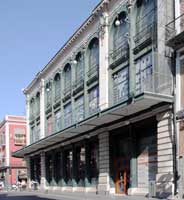
|
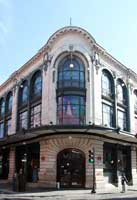
|
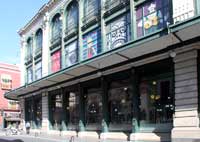
|

|
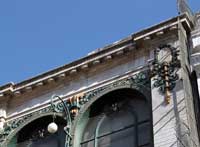
|
| See my site "Art Nouveau in Brussels" for some similar design details in building facades, especially windows and exposed metal beams with rivets as repeated design elements. | ||
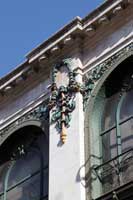
|
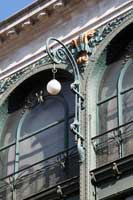
|

|
Arched windows, beautiful railings with vegetal motifs, curved glass with metal curvilinear moldings, exposed rivets, and superfluous decorative accents | ||
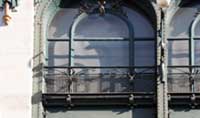
|
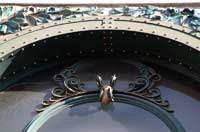
|
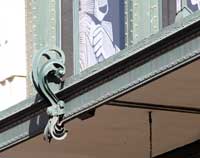
|
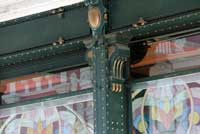
|

|
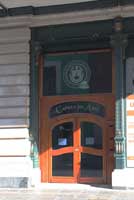
|
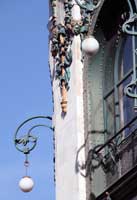
|
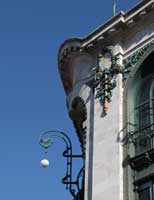
|
|
Dramatic curved entrance end |
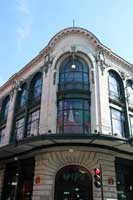
|
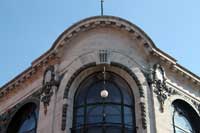
|
 Click here to return to index of art historical sites.
Click here to return to index of art historical sites.
 Click here to return to index of artists and architects.
Click here to return to index of artists and architects.
 Click here to return to chronological index.
Click here to return to chronological index.
 Click here to see the home page of Bluffton College.
Click here to see the home page of Bluffton College.

